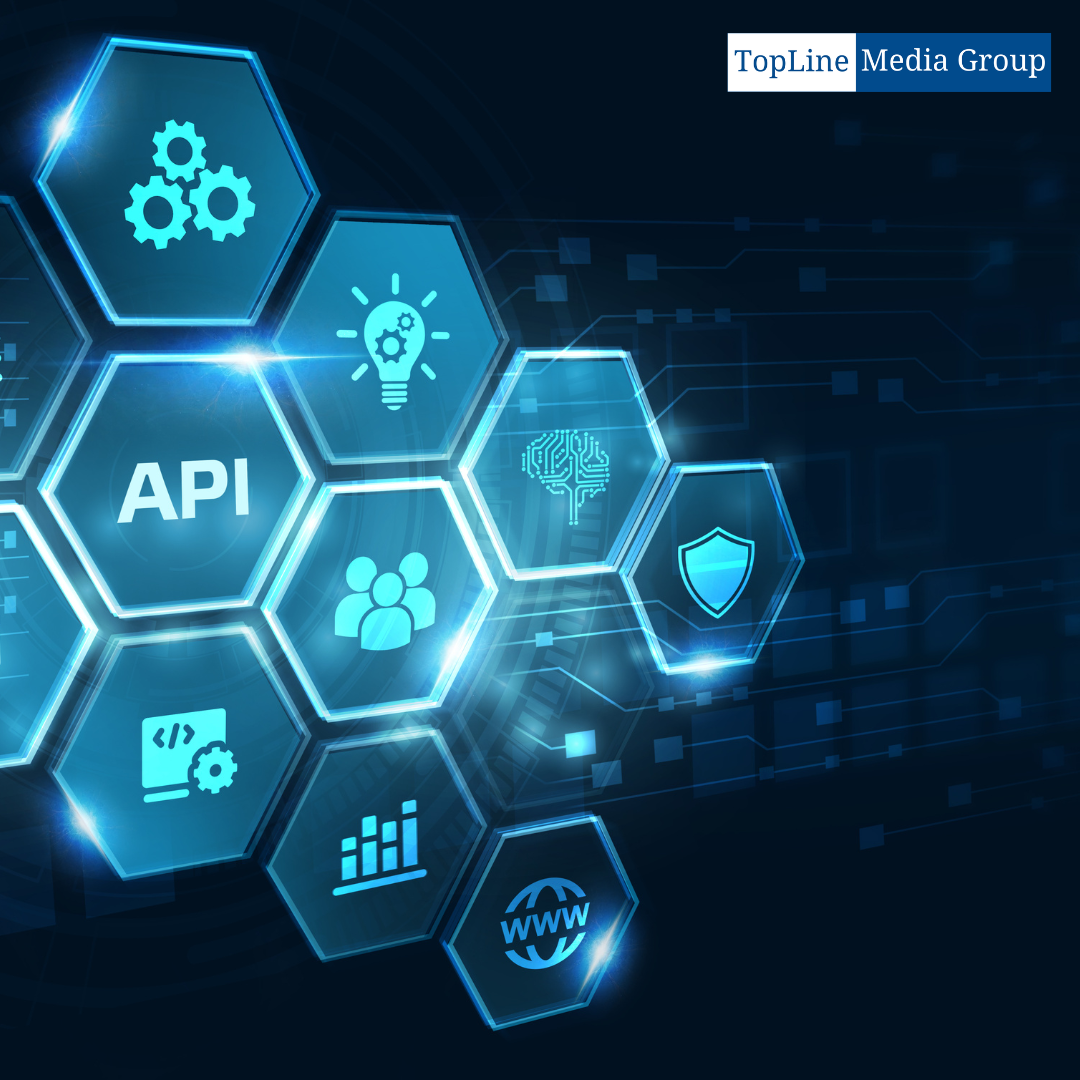API development has become fundamental to modern software development, enabling seamless integrations and enhancing user experiences. In this article, we will explore the world of API development and discover how it can transform how software systems interact. So, let’s dive in and uncover the secrets of creating seamless integrations through the art of API development.
What is API? and the Importance of API Development
API, or Application Programming Interface, serves as a bridge between dissimilar software applications, allowing them to communicate & share data. API development is crucial in modern software development, enabling seamless integration between systems, services, and platforms. By defining clear rules and protocols, APIs facilitate the exchange of information, enhancing functionality and user experience.
Implementation of APIs
Implementing APIs involves designing, building, and deploying the necessary infrastructure to enable communication between applications. This process requires skilled API programmers who specialize in developing robust and reliable interfaces. API development ensures that systems can interact effectively, facilitating the exchange of data and functionality in a standardized and secure manner.
Cost of API Development
The cost of API development varies based on factors such as complexity, functionality, and integration requirements. Developing APIs from scratch can be time-consuming and resource-intensive. However, utilizing existing API development tools and frameworks can help streamline the process and reduce costs. Investing in API development is an investment in your software ecosystem’s scalability, efficiency, and future growth.
 Benefits of APIs for businesses
Benefits of APIs for businesses
APIs offer numerous benefits for businesses:
- Enhanced Integration: APIs enable seamless integration between applications, systems, or platforms, fostering interoperability and data exchange.
- Expanded Functionality: By leveraging APIs, businesses can tap into the features and services other software applications provide, enriching their offerings.
- Improved Efficiency: APIs automate processes and streamline workflows by enabling data transfer and interaction between applications, saving time and reducing manual efforts.
- Accelerated Innovation: APIs empower businesses to innovate and iterate faster by allowing them to build upon existing functionalities and leverage external resources.
Considerations to keep in mind when developing an API
When developing an API, specific considerations are essential for success:
- Defined Use Cases: Identify the specific use cases and goals of your API to ensure it effectively addresses your target audience’s needs.
- Scalability and Future-proofing: Design your API to be scalable and adaptable to accommodate future changes and increased usage.
- Security and Access Control: Implement robust security measures to protect sensitive data and ensure appropriate access controls to prevent unauthorized usage.
- Documentation and Support: Provide comprehensive documentation and support resources to assist developers and foster successful integration.
Tools for creating APIs without writing code
Developers can leverage various tools to create APIs without extensive coding:
- API Design Platforms: These platforms provide visual interfaces for designing APIs, allowing developers to define endpoints, data models, and workflows without writing code.
- API Management Tools: These tools offer comprehensive solutions for API lifecycle management, including design, development, testing, and deployment, simplifying the overall process.
- Low-Code Development Platforms: These platforms enable developers to create APIs using visual interfaces and pre-built components, reducing the need for extensive coding.
FAQs
How can API analytics be utilized to improve integration experiences?
API analytics provides valuable insights into how APIs are used, including usage patterns, performance metrics, and error rates. By analyzing this data, businesses can identify areas for improvement, optimize API integrations, and enhance the overall user experience. API analytics allows organizations to make data-driven decisions and effectively iterate on their integration strategies.
What are the fundamental principles of creating seamless API integrations?
Creating seamless API integrations requires adherence to several fundamental principles:
- Consistency: Maintain consistent API design, documentation, and response formats to ensure a seamless experience for developers and consumers.
- Reliability: Build APIs that are reliable, robust, and available, minimizing downtime and disruptions in integrations.
- Flexibility: Design APIs with flexibility in mind to accommodate future changes and evolving business needs.
- Error Handling: Implement clear and informative error-handling mechanisms to provide meaningful feedback to developers and facilitate troubleshooting.
How can API performance impact user satisfaction, and how can it be optimized?
API performance directly impacts user satisfaction. Slow response times, high latency, or frequent errors can frustrate users and hinder their experience. To optimize API performance, consider factors such as efficient code design, proper caching mechanisms, network optimizations, and load testing. Monitoring API performance regularly and addressing bottlenecks promptly ensures a smooth and satisfactory user experience.
Why is mastering API development significant?
Mastering API development is crucial as APIs have become the backbone of modern software ecosystems. Businesses that can design and develop robust APIs gain a competitive edge by enabling seamless integrations, expanding functionality, and fostering innovation. By mastering API development, organizations can leverage the power of connectivity and create superior user experiences.
How can I monitor and analyze the usage of my APIs?
To monitor and analyze API usage, you can employ API analytics tools that provide insights into API performance, usage patterns, and consumer behavior. These tools track metrics such as API calls, response times, errors, and traffic volume. By analyzing this data, you can identify usage trends, optimize API design, and make informed decisions to enhance the overall API ecosystem.
 How can I create a seamless user experience through API integrations?
How can I create a seamless user experience through API integrations?
To create a seamless user experience through API integrations, consider the following:
- Intuitive Design: Design APIs with a clear and consistent interface, ensuring ease of use for developers and consumers.
- Error Handling: Implement comprehensive error handling mechanisms to provide helpful and informative error messages, aiding troubleshooting and improving the user experience.
- Performance Optimization: Optimize API performance by minimizing response times, reducing latency, and handling scalability effectively.
- Documentation and Support: Provide detailed documentation, examples, and support resources to assist developers in integrating and using your API successfully.
Conclusion
Mastering the art of API development is crucial in today’s interconnected software landscape. APIs are the backbone of seamless integrations, enabling applications to communicate and share data effectively. By understanding the importance of API development, considering key factors, and utilizing the right tools, businesses can unlock the potential of APIs to drive innovation, efficiency, and enhanced user experiences.

